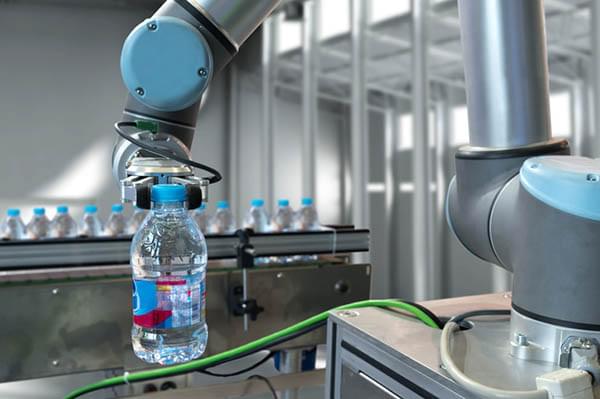SAN FRANCISCO, Feb 21 (Reuters) — Until recently, Brett Schickler never imagined he could be a published author, though he had dreamed about it. But after learning about the ChatGPT artificial intelligence program, Schickler figured an opportunity had landed in his lap.
“The idea of writing a book finally seemed possible,” said Schickler, a salesman in Rochester, New York. “I thought ‘I can do this.’”
Using the AI software, which can generate blocks of text from simple prompts, Schickler created a 30-page illustrated children’s e-book in a matter of hours, offering it for sale in January through Amazon.com Inc’s (AMZN.O) self-publishing unit.






